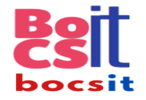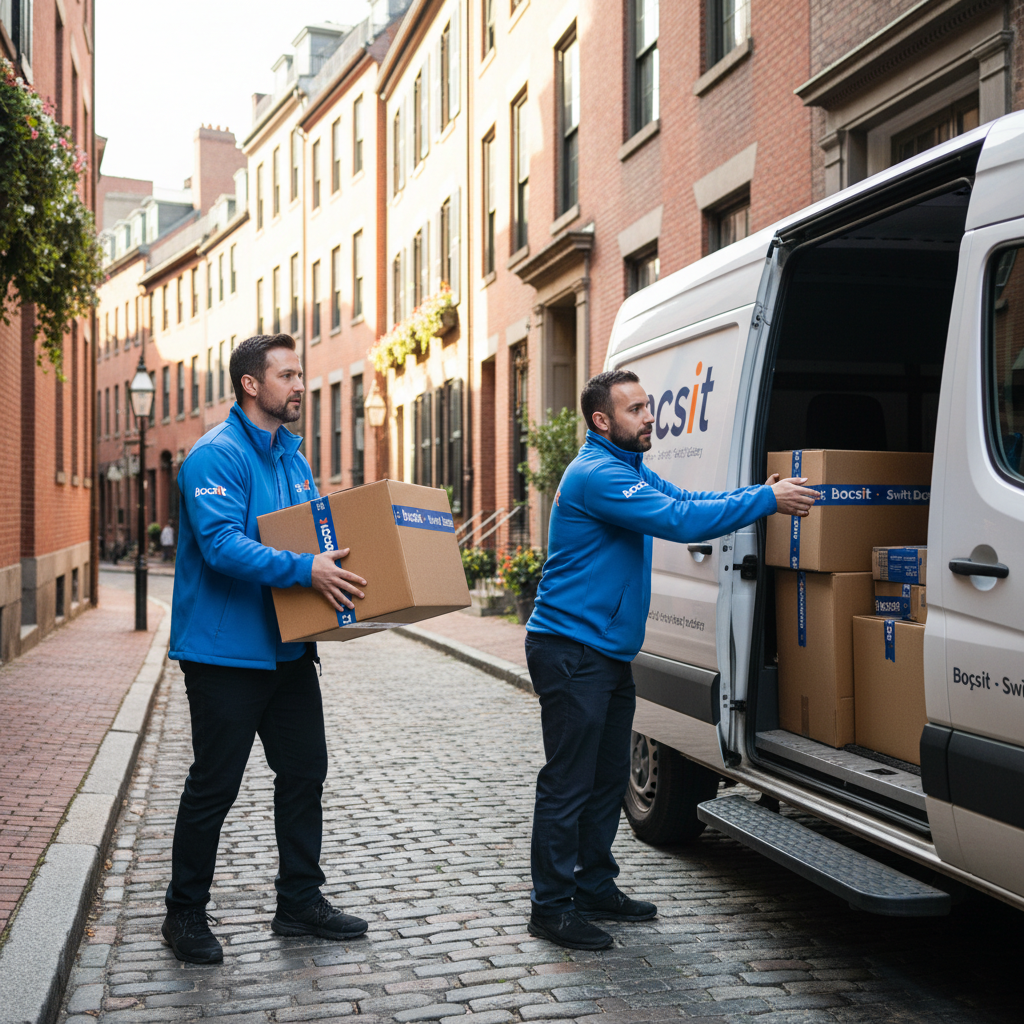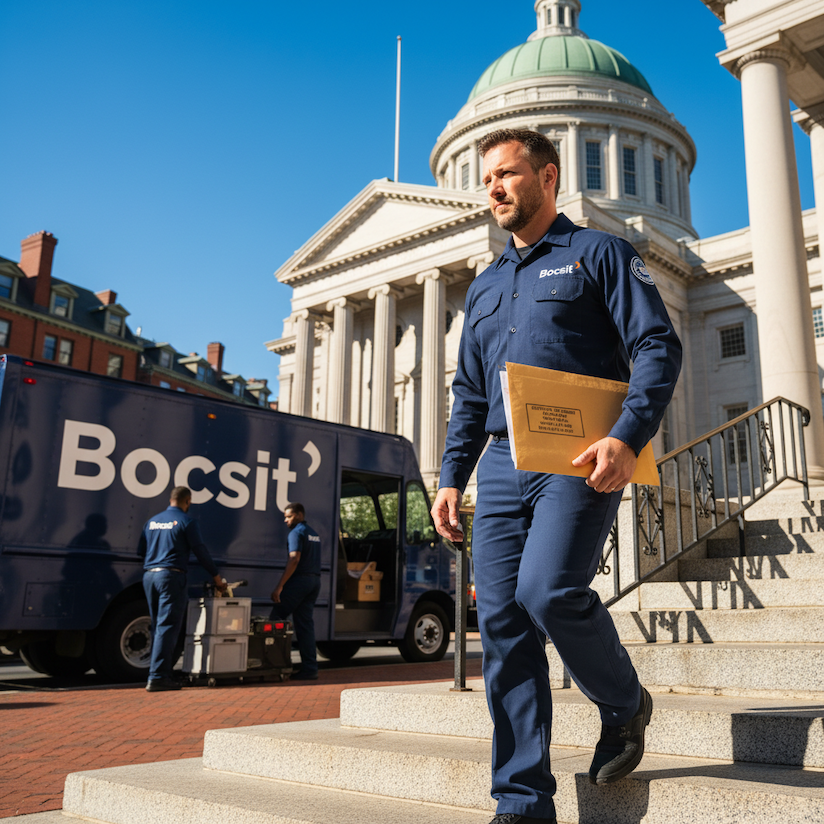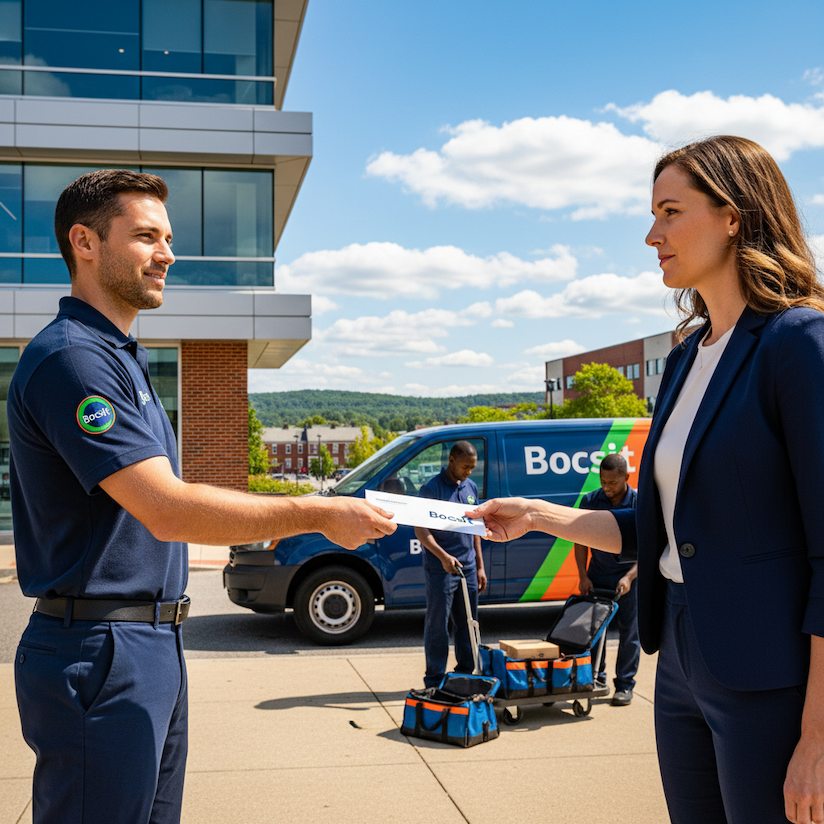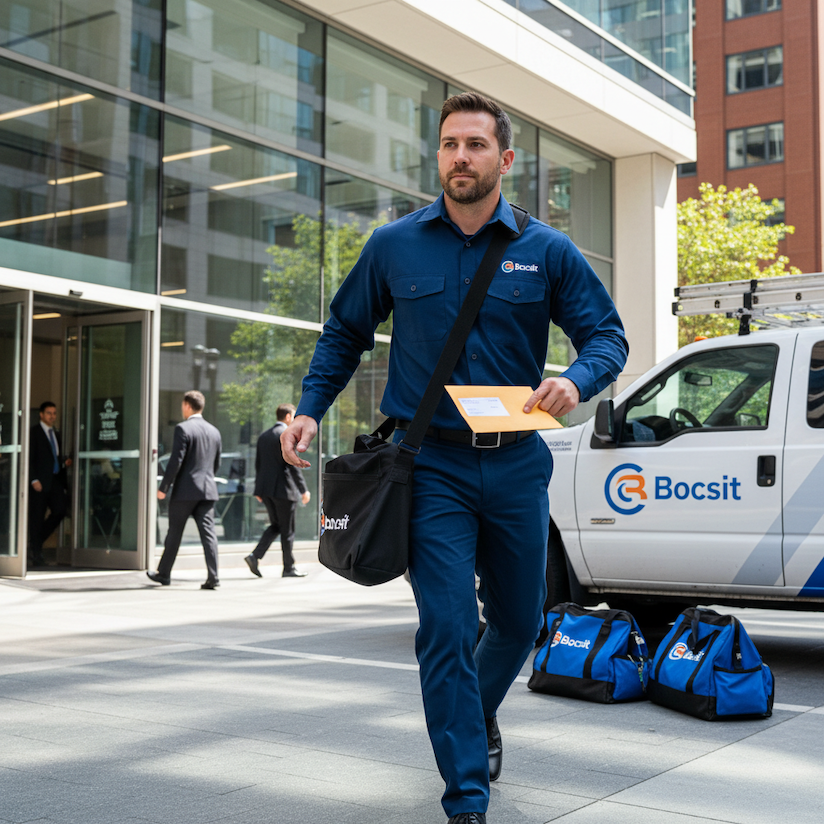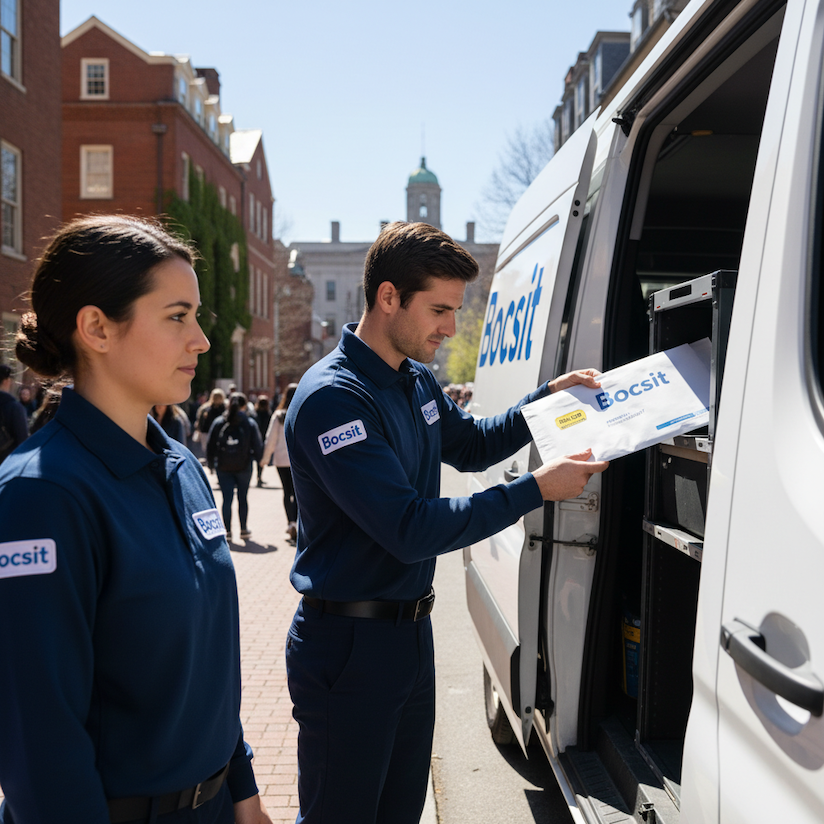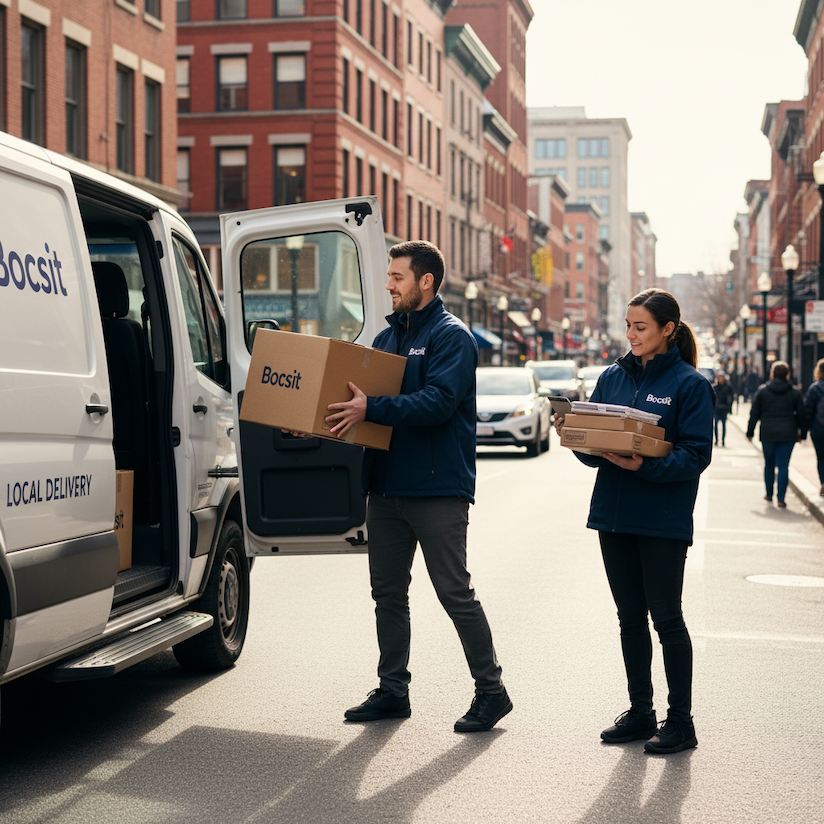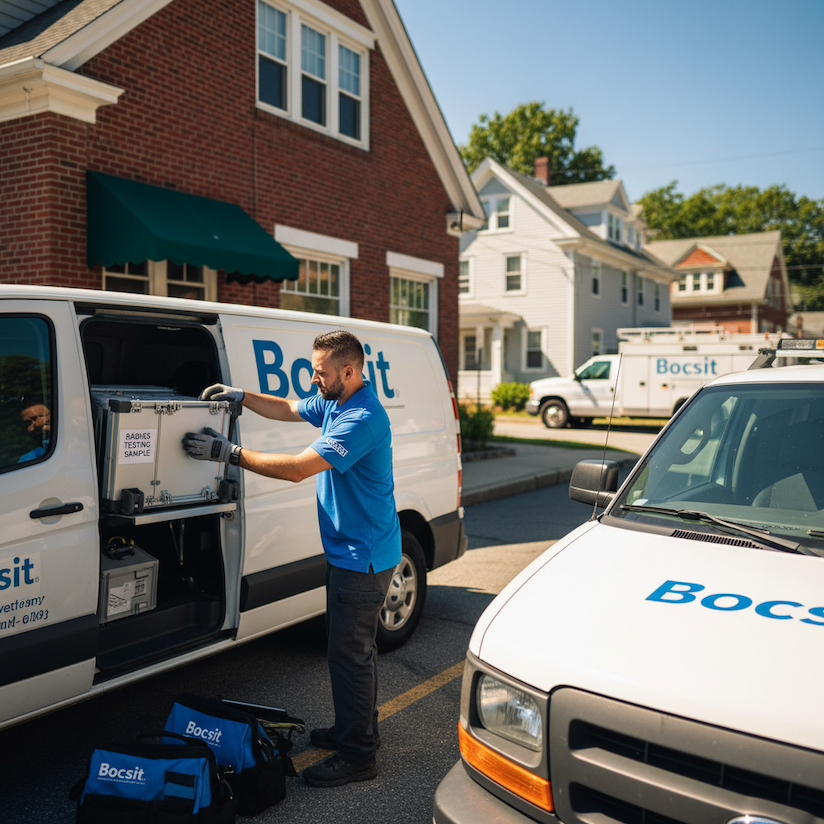Efficient Pickup and Delivery of Books, Files, and Documents for Remote Employees
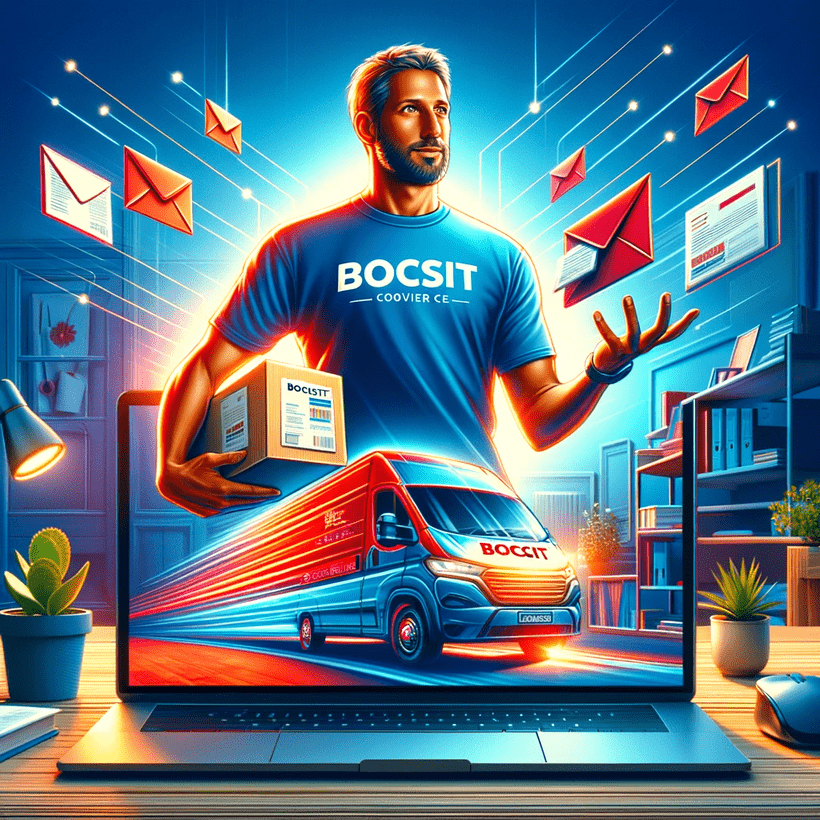
With the rise of remote work and virtual collaboration, it has become crucial for businesses to ensure the efficient pickup and delivery of books, files, and documents. In this digital age, where information flows seamlessly across multiple devices and platforms, optimizing document logistics has become an essential component of a seamless workflow. This blog post delves deeper into the various ways in which businesses can streamline their document logistics to support remote employees. From digitizing paper-based documents to using secure file-sharing platforms and implementing effective tracking and delivery systems, this article covers all the strategies that can help organizations achieve a smoother and more secure flow of information in the digital landscape. By following these best practices, businesses can ensure that their remote workforce has access to the information they need, when they need it, without compromising data security or workflow efficiency.
1. The Rise of Remote Work:
As remote work continues to shape the modern workplace, the need for a reliable system for the pickup and delivery of physical documents becomes increasingly evident. Whether it's important files, reference books, or crucial documents, ensuring a smooth process is essential for maintaining productivity in a dispersed work environment.
2. Streamlining Document Requests:
Efficiency begins with streamlining the process of document requests. Implementing user-friendly platforms or digital forms enables remote employees to request specific materials easily. This not only accelerates the pickup and delivery process but also provides a clear record of document transactions for both employees and administrative teams.
3. Digital Cataloging and Inventory:
Maintaining a digital catalog or inventory of available documents and resources is key to a well-organized pickup and delivery system. This enables remote employees to browse and select materials efficiently, reducing the time spent searching for specific items. Digital cataloging also aids in tracking document movement, enhancing overall logistics.
4. Secure Document Handling:
Security is paramount when handling sensitive documents. Efficient pickup and delivery systems incorporate secure protocols to safeguard information during transit. This may include tamper-evident packaging, secure authentication processes, and encrypted communication channels, ensuring the confidentiality of the transported materials.
5. Collaboration with Trusted Delivery Partners:
Choosing reliable delivery partners is crucial for the success of remote document logistics. Collaborating with trusted courier services that specialize in secure and timely deliveries ensures that documents reach their intended recipients without delays or complications. This partnership fosters a sense of reliability and confidence among remote employees.
6. Flexible Delivery Options:
Recognizing the diverse needs of remote employees, offering flexible delivery options is a key component of an efficient system. Whether it's scheduled deliveries, express options, or the ability to reroute packages, providing flexibility accommodates the dynamic schedules and preferences of remote workers.
7. Contactless Delivery Practices:
In the current global context, contactless delivery practices are essential for ensuring the safety of both employees and delivery personnel. Implementing contactless drop-off options, where packages are securely left at designated locations, minimizes physical interaction while maintaining the efficiency of the document pickup and delivery process.
8. Environmental Sustainability:
Efficiency goes hand in hand with sustainability. Adopting environmentally friendly practices, such as using eco-friendly packaging and optimizing delivery routes to reduce carbon footprint, aligns with corporate responsibility goals. Remote employees appreciate companies that prioritize both efficiency and environmental consciousness.
9. Continuous Improvement Through Feedback:
A proactive approach to continuous improvement involves gathering feedback from remote employees regarding the pickup and delivery process. Understanding their experiences, preferences, and any challenges they may face enables businesses to refine and enhance document logistics, ensuring a service that evolves to meet the ever-changing needs of a remote workforce.
Efficient pickup and delivery of books, files, and documents are integral components of empowering remote employees to thrive in a digital work environment. By embracing streamlined processes, prioritizing security, and fostering collaboration with trusted delivery partners, businesses can create a seamless and reliable system. As the landscape of remote work continues to evolve, optimizing document logistics ensures that valuable resources are at the fingertips of remote employees, contributing to a productive and cohesive virtual workspace.
If you're seeking a business courier, BOCSIT is here to provide same-day delivery solutions for the business industry and other sectors.
